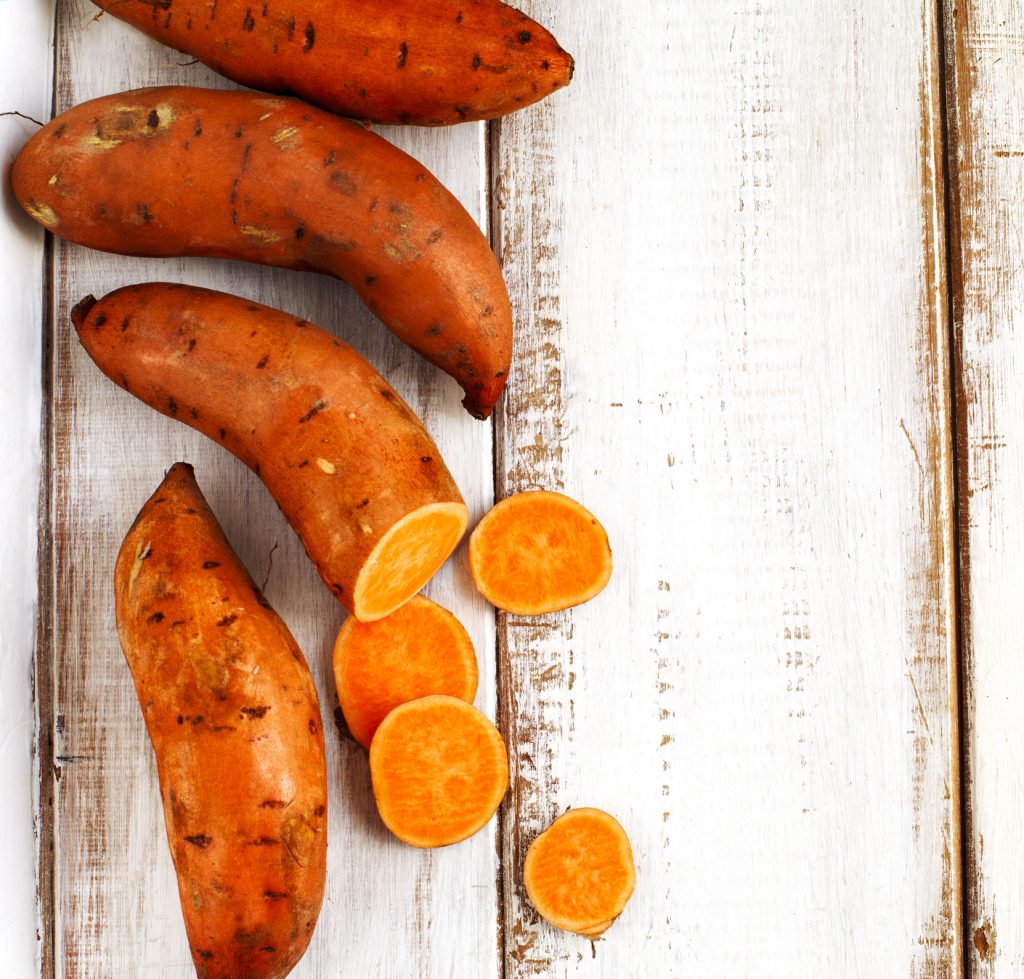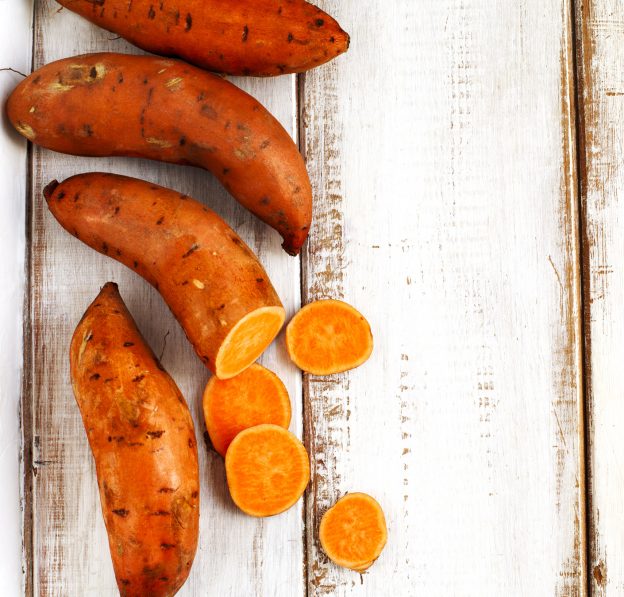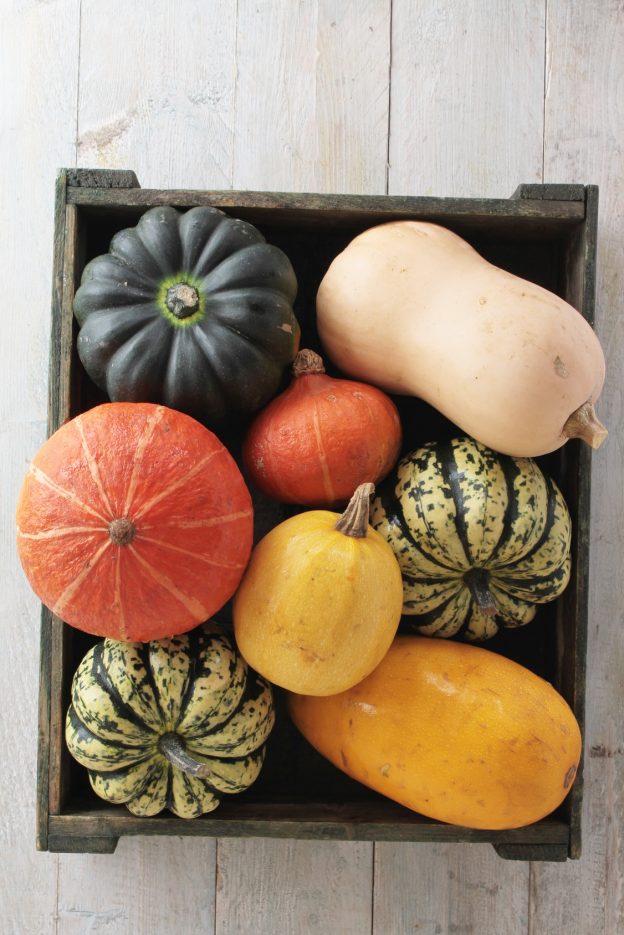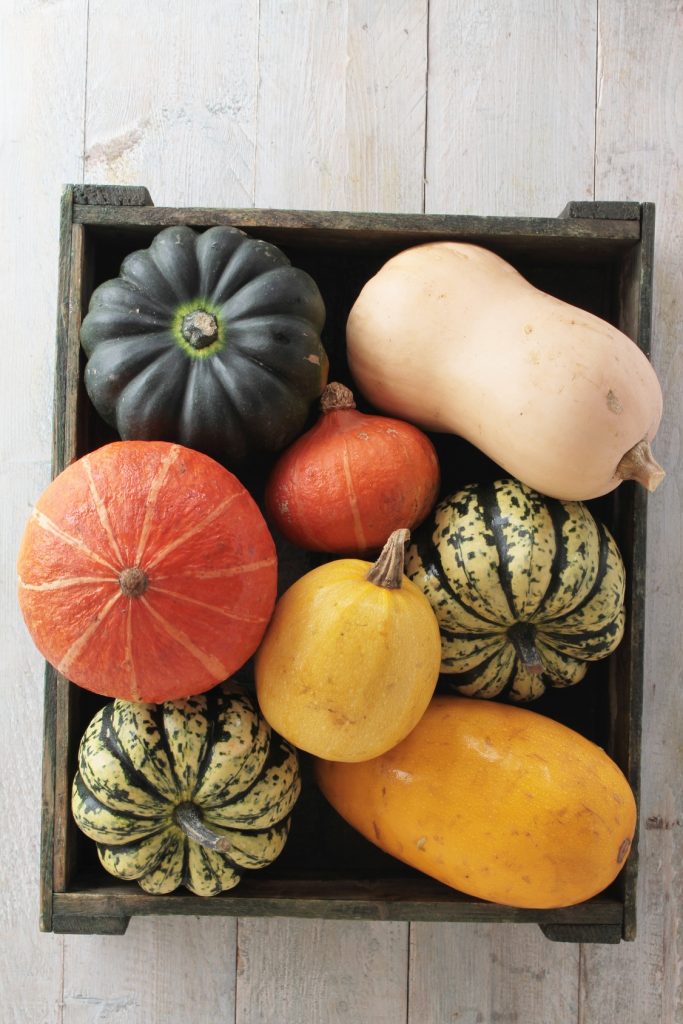
#thursdaythrive
We love Sweet Potatoes!!
– It is native to the tropical areas of South America. Remains of sweet potatoes have been found there dating back to 8,000 BC.
– In the 19th century, farmers in Benton, Kentucky would bring their sweet potatoes to the town square on county court days. This turned into the annual Tater Day Festival, a festival devoted to sweet potatoes that is still held every April.
– Orange sweet potatoes are sometimes called yams but actual yams are a very different thing. Sweet potatoes labeled as “yams” in the United States are required by the USDA to also be labeled “sweet potatoes.”
– The average American consumes 4.5 pounds of sweet potatoes per year.


